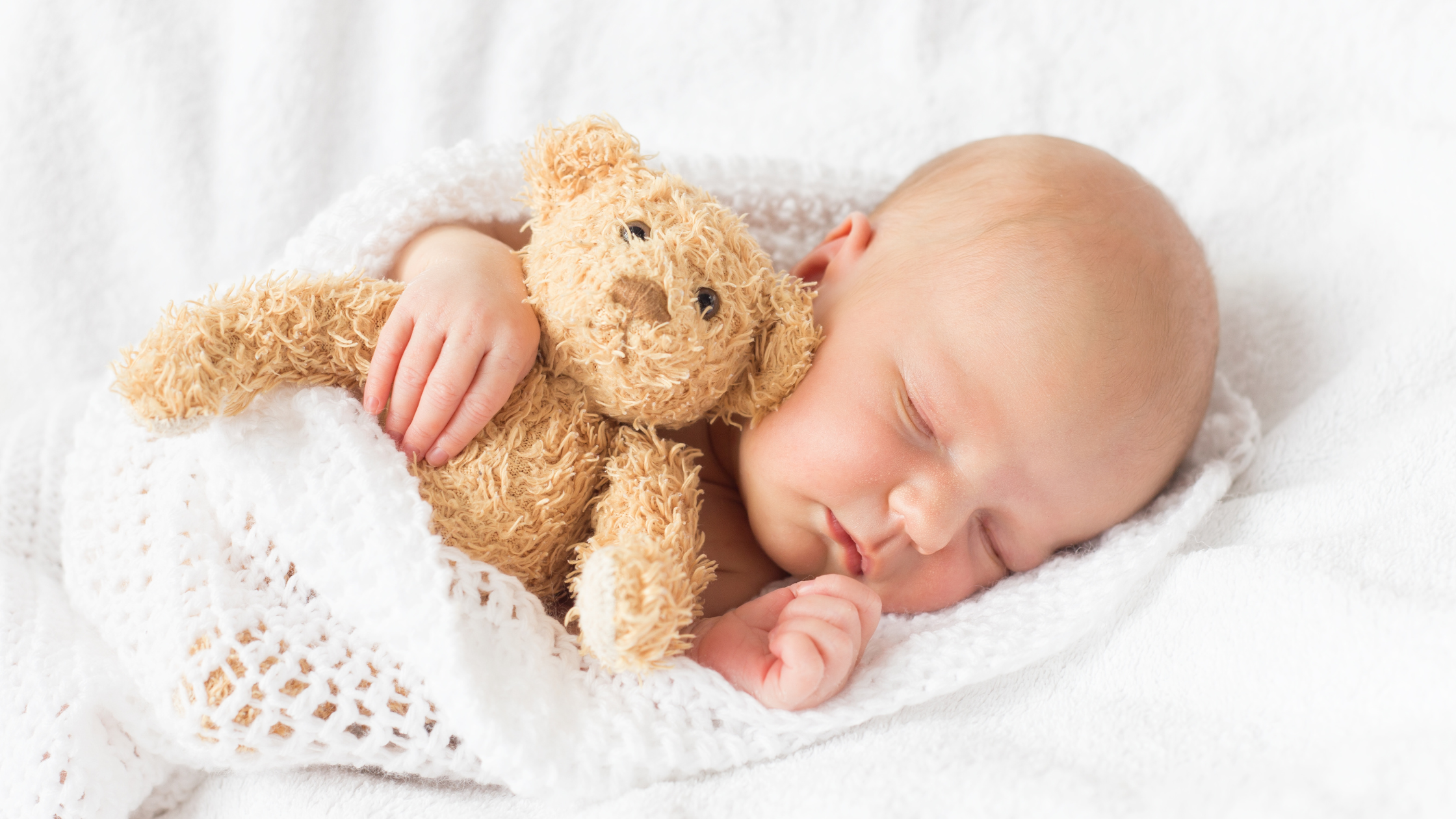Written by Cindy Hovington, Ph.D. Founder of Curious Neuron, Host of the Curious Neuron Podcast
Q&A with Dr. Shalaka Shah, Ph.D., Psychologist and Co-host of The Growing Facts Podcast
Throughout my seven years of running Curious Neuron, I have consistently come across a prevalent misconception among parents regarding attachment parenting. It is a topic that often evokes strong emotions, judgment, and feelings of guilt, particularly among mothers. I have observed instances on Instagram Reels where mothers have been shamed for not using a baby carrier while preparing dinner, with comments implying their lack of concern for their child’s attachment. These situations highlight a fundamental lack of understanding of attachment science, which differs from attachment parenting and has unfortunately contributed to widespread misconceptions.
I recently interviewed Drs. Shalaka Shah and Alyson Baker on the Curious Neuron Podcast. Shalaka is a psychologist who currently defended her doctoral thesis at McGill University (focused on attachment) and Alyson is an internal medicine specialist. They are the hosts of the Growing Facts Podcast, which navigates the science behind pregnancy to help decision-making based on facts.
I think that one of the misconceptions is that we have all the answers. However, when it comes to attachment science, we really don’t. The issue is that parents are looking for answers and ARE FINDING answers from “parenting experts” that seem to have all the answers about our child’s attachment. This is where it gets a little tricky and when science becomes even more important, even if it is to remind us that there isn’t a definitive answer to our question.
Some insights from attachment science:
-
Not showing any signs of distress is not linked to a more “secure attachment”: An earlier study called “Transition to childcare: Associations with infant-mother attachment, infant negative emotions and cortisol elevations” reminds us that children with stronger attachments showed higher levels of crying and fussing when separated from their mothers at daycare compared to the infants that had a less secure attachment and didn’t show emotional distress.
-
Biological parents: The presence of a genetic relationship between a parent and child does not trump environmental and interpersonal factors in the formation of a strong, secure attachment bond. (Junewicz et al. 2018 Psychiatric Quarterly).
-
The importance of parental responsiveness: There is a crucial role of parental responsiveness in fostering a secure attachment. Responsive parenting involves sensitivity to a child’s cues, prompt and consistent responses, and providing a secure base for exploration. Consistently meeting a child’s emotional and physical needs helps build trust and strengthens the parent-child bond. (Cassidy et al, 2013).
I asked Shalaka what the top 5 attachment parenting myths were. Her responses can be found below:
Myth #1: Parenting style determines attachment style.
Answer: Predicting attachment is complicated and researchers are still trying to figure this out! Parenting is only one of the factors that predict attachment – others include biological factors like child temperament or physiological stress reactivity.
Myth #2: You can tell attachment style from looking at a child’s behaviour at any given moment.
A child’s behaviour in a given situation is determined by a number of factors, including their physical state (hunger, fatigue), their stress levels, their environment, what happened earlier that day, etc. When researchers assess attachment styles (especially with younger kids) this is done in a tightly controlled lab environment.
Myth #3: “Attachment parenting” is the only way to foster attachment with your child.
Attachment describes the relationship between caregiver and child and exists whether or not you are even aware that there is such a thing as an attachment. “Attachment parenting” is a method of parenting that emphasizes specific parenting choices through the lens of attachment, but there are many ways to parent that foster secure attachment.
Myth #4: If my kid shows any signs of distress this means they aren’t (or won’t be) securely attached.
Attachment fosters child stress regulation, and parents help children learn to regulate that stress independently over time. Children need to experience stress – and learn that they are able to cope with it. Meeting your child’s needs can sometimes look like encouraging them to practice their own regulation skills, or it can look like stepping in to actively co-regulate. A big challenge of parenting is figuring out which, and it’s ok to get it wrong!
Myth #5: Sleep training will damage my child’s attachment.
Teaching your child to fall asleep on their own is no different than teaching them how to do anything else, but it looms so large because of how much time children spend sleeping. How and what you do will depend on so many things – the age and regulation capacity of your child, their environment, their temperament, and their previous experiences. It’s also very important to consider both the parental mental/physical bandwidth as well as the impact of sleep training choices on your child AND the functioning of the entire family. In short – there is no right answer, and each child will be different.
You can listen to this episode of the Curious Neuron podcast on Apple Podcasts, Spotify, Amazon Music or on YouTube (below). Follow @curious_neuron on Instagram for more science-based insights about emotional and mental health.












